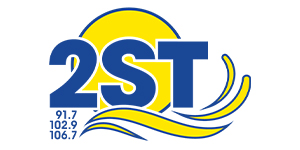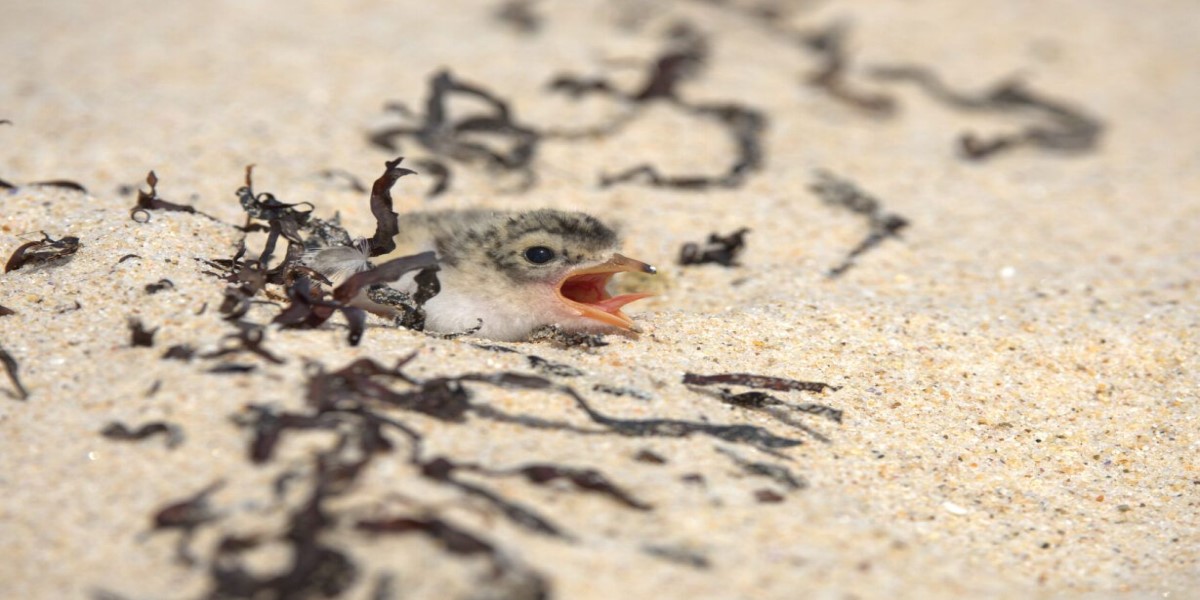Little terns in NSW have experienced another great breeding season, with more than 900 nests counted across the state, the second-highest number in 24 years.
Each spring, many of these tiny seabirds migrate thousands of kilometres across the ocean to nest on Australian shores.

During the most recent breeding period, nests were spotted at 24 sites along the coast, ranging from Wilsons Head in Yuraygir National Park north of Coffs Harbour, right down to Merimbula on the far NSW south coast.
Counts of active nests in the 2024-25 season suggest at least 485 breeding pairs of little terns nested in NSW, a jump from last year’s number of around 430.

This incredible number of breeding pairs resulted in an estimated 510 fledglings, making it the highest count of fledglings recorded and a substantial jump from last year’s figure of around 370.

Each year, there are standout colonies across the state and Karagi Point on the Central Coast led the way again, where almost 45 per cent of the state’s little tern fledglings were hatched. Sites at Lake Conjola and Lake Wollumboola on the South Coast also experienced positive results.

Despite uplifting results, little terns and other beach-nesting birds remain vulnerable to a wide range of threats, including native and introduced predators, crushing and disturbance from vehicles, humans and domestic dogs, flooding of nesting sites and adverse weather conditions.
Beach-nesting birds, like little terns, lay eggs directly on the sand where they are so well
camouflaged, they become almost invisible, making them vulnerable to beach visitors.
It’s important beach goers understand the impact they can have on the breeding season of these endangered birds over spring and summer every year.








